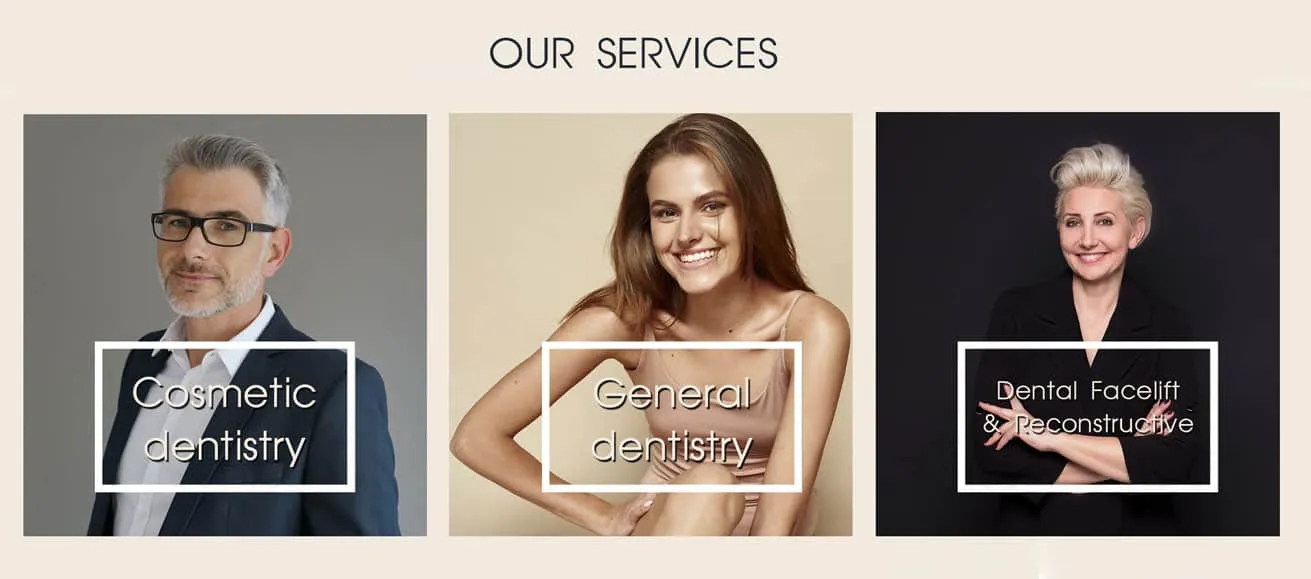Friendly Staff. Beautiful Smiles. Welcoming Environment.
Welcome to General Dentistry & Cosmetic Dentistry Melbourne CBD by Vogue Smiles Melbourne!
You deserve the best dental care possible, which is exactly what you will receive from Dr. Zenaidy Castro and our professional team at Vogue Smiles Melbourne, a leading General Dentistry and Cosmetic Dentistry Melbourne.
At our General Dentistry & Cosmetic Dentistry Melbourne CBD, your oral health is our main focus. You receive compassionate and caring treatment while you achieve the best oral health available. Our entire staff is committed to providing you with a friendly, comfortable environment that makes you feel welcome and makes a visit to the dentist a pleasant experience.
We will work with you to ensure that your treatment plan is affordable. You’ll have access to a choice of finance options, such as monthly payments, to work around your other financial commitments. You can finally get the smile of your dreams at a price you can afford.
At our General Dentistry & Cosmetic Dentistry Melbourne, we offer a full range of treatments as general, preventative, restorative and aesthetic dentistry. Our practice has a special interest in minimally invasive, adhesive dentistry as well as Smile Makeover and Cosmetic Dentistry. We have over 3 decades of experience you can count on for your smile.
Explore and take advantage of our special packages for Cosmetic Dentistry Melbourne procedures, including dental Porcelain veneers and Crown and Composite Veneers (Dental Bonding).
What Treatment Do You Need?
Established since 2000 in Melbourne CBD, Vogue Smiles Melbourne offer dental treatments you require, from a simple dental health examination to complex restorative and cosmetic dentistry, our dedicated team offers comprehensive dental care from some of the best dental services in our 2 locations, in Melbourne CBD and Noble Park North.
We offer all types of dentistry including general dentistry, cosmetic dentistry, Invisalign orthodontics, emergencies and implants.
CLICK IN THIS LINK TO VIEW OUR COMPREHENSIVE GENERAL, EMERGENCY AND COSMETIC DENTISTRY SERVICES
The General Dentist and Cosmetic Dentist Behind the Amazing Smile Transformations in Melbourne
DR ZENAIDY CASTRO
Dr. Zenaidy Castro found her passion of dentistry through her experience with creative activities such as painting and photography. As a lifelong painter and photographer, Dr. Castro is a passionate General and Cosmetic Dentist Melbourne who cares about creativity, perception, and working with her hands to create something beautiful. Naturally, she found that dentistry allowed her to use these skills in an impactful and fulfilling way. While her training of dentistry, Dr. Castro separates herself through her artist’s eye for detail, intuition, and finesse.
As an artist and dentist, Dr. Castro understands the importance of a keen eye and attention to details. With 3 decades of experience so far, Dr. Castro definitely knows her way around a tooth. What matters most to her, though, is the person behind the smile. She’s helped countless patients gain new leases on life through stunning dental transformations that go the extra mile.

Have you always wished to improve
the appearance of your smile?
Dr. Castro is here to make all of your smile dreams come true. If you are looking to change your smile to match your favourite celebrity or even make it brighter and straighter, Vogue Smiles Melbourne is the right place for you. We offer you the option of the Smile Makeover procedure, which is an all-in-one treatment that addresses all the issues with your smile. This procedure will involve carrying out multiple treatments like dental veneers, teeth whitening, composite bonding, and more, to improve any flaws in your smile.
If you are suffering from damaged, stained, misaligned, or gapped teeth, you no longer have to worry. Our Smile Makeover package, at Cosmetic Dentistry Melbourne clinic will resolve all of these problems in the best way possible. Be certain you’re getting the most amazing results you can imagine. If a Smile Makeover procedure seems like the right choice for you, come to our clinic or book an appointment with us to receive a consultation with the best dentist in Melbourne, Dr. Castro. With our Smile Makeover package, you will be ready to face the world with a bright, radiant, and confident smile.
Look below at the Cosmetic dentistry procedures we offered to our patients.
Popular Cosmetic Dentistry Melbourne services we are offering

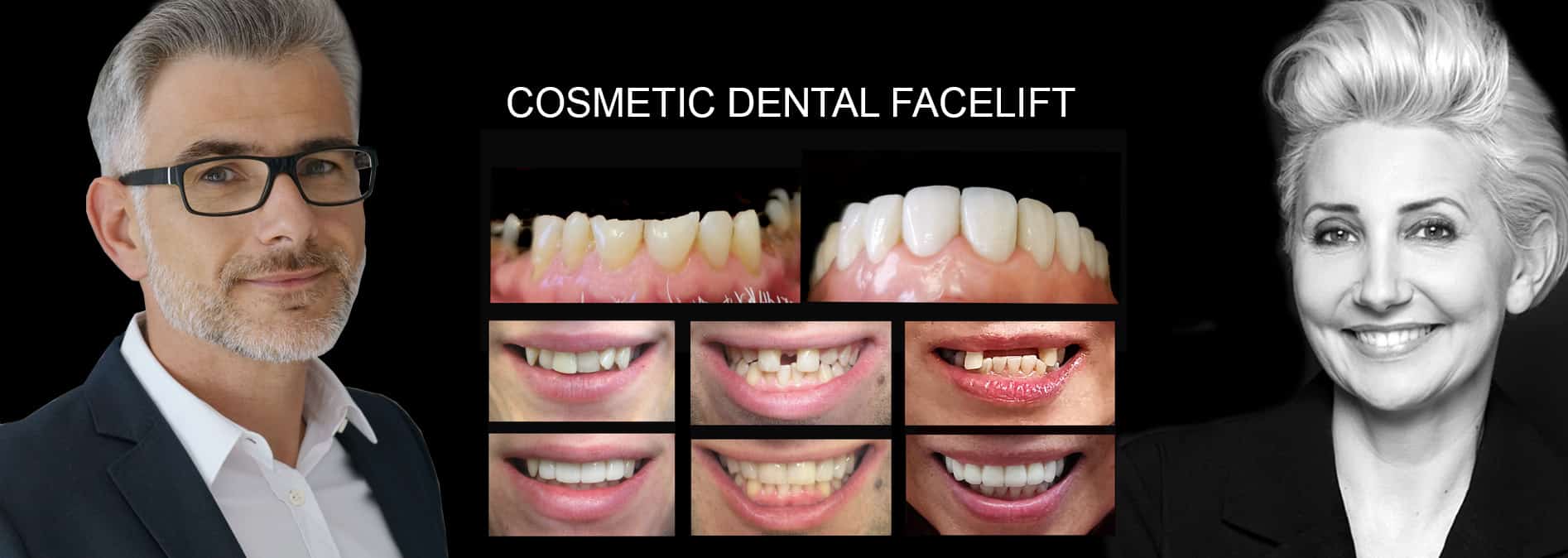

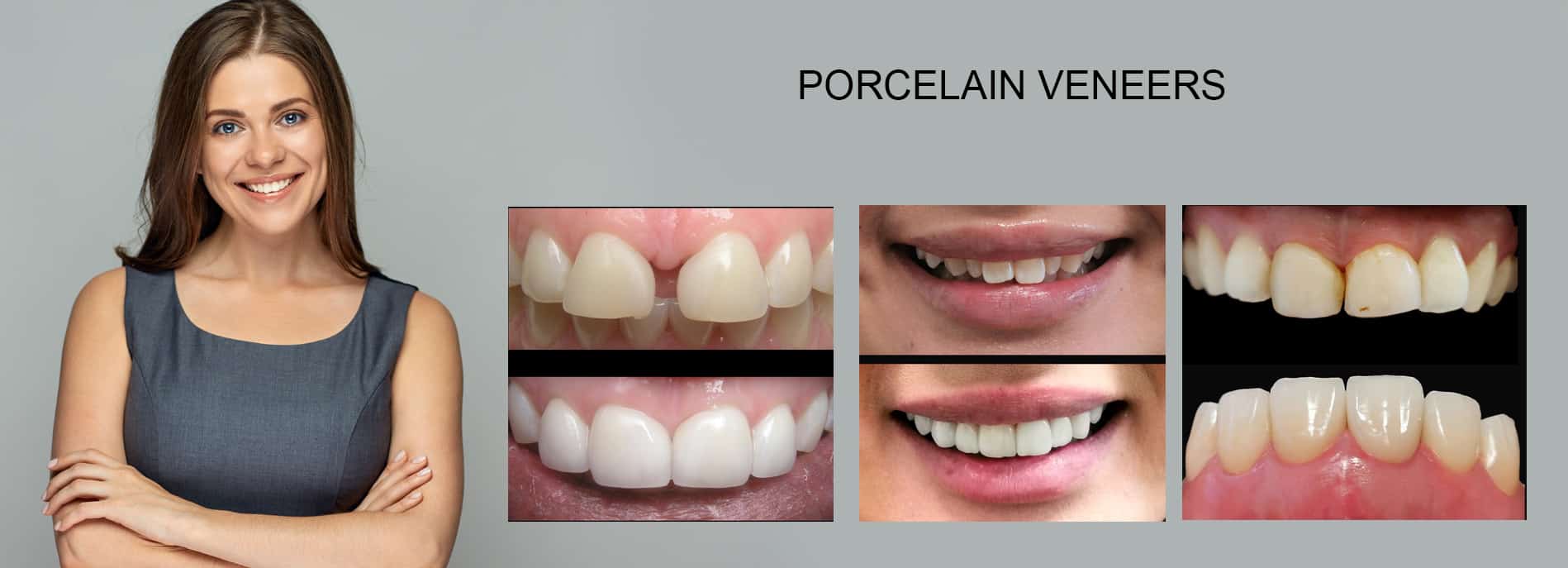
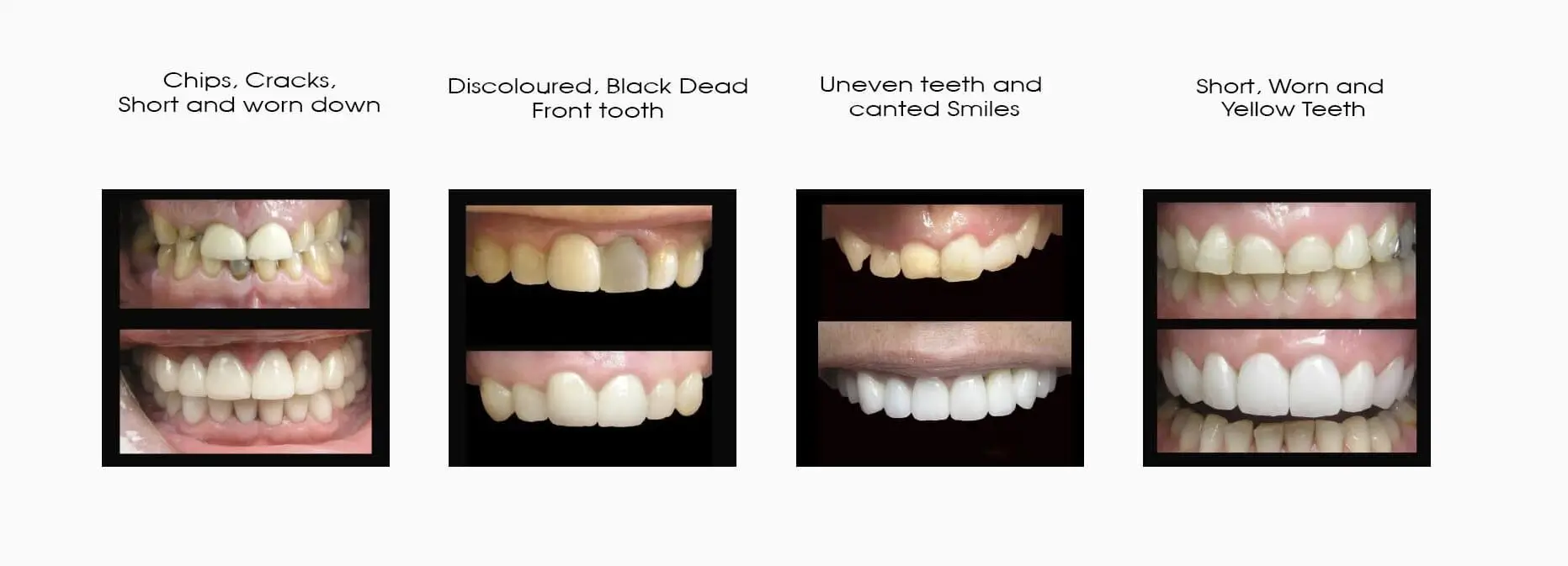
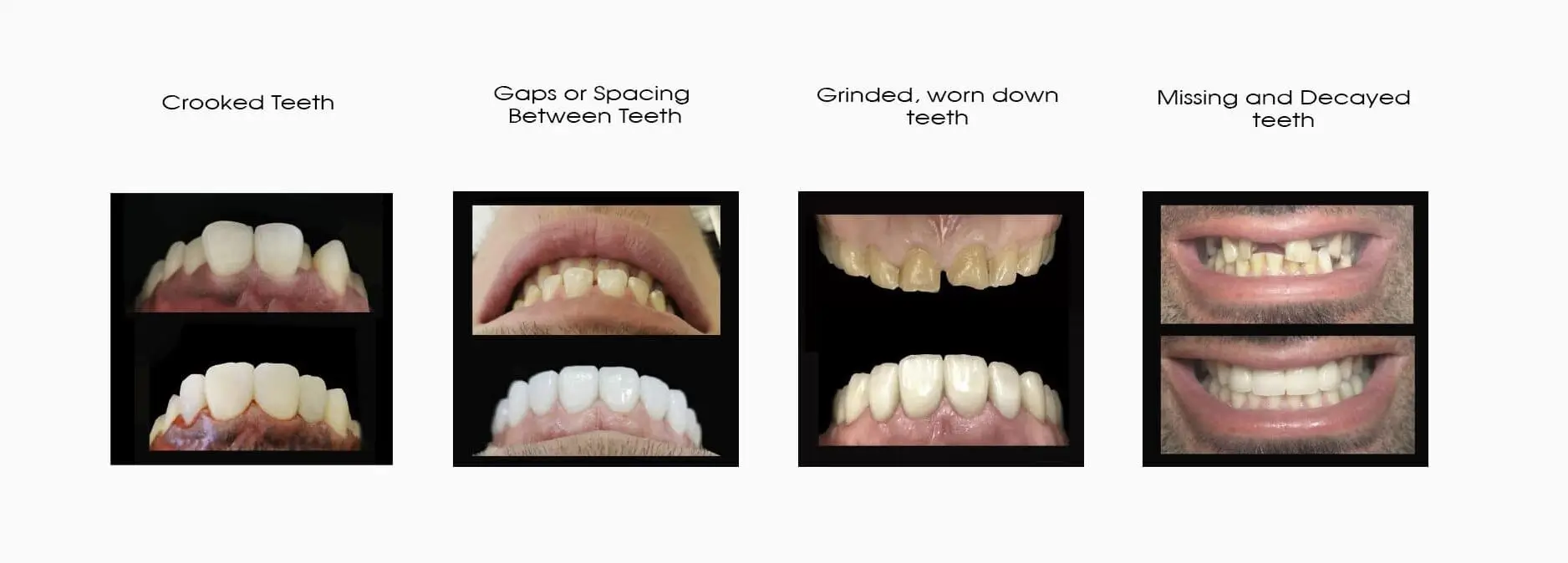

Our Patient Success Stories
See How We Can also Transform your Smile with Cosmetic Dentistry Melbourne









Interest-Free Finance at Vogue Smiles Melbourne
Dental health made easy!
At Vogue Smiles Melbourne, we firmly believe that dental treatment is a lifelong investment that holds immense value. While our commitment to delivering top-quality dental care comes with competitive prices, we understand that costs can still add up. Our mission is to make superior dental care accessible to all. That’s why we’ve partnered with finance providers to offer flexible finance for all treatment plans! This means you can now embark on your dental transformation without financial worries holding you back. Your dream smile is within reach, and we are here to support you every step of the way!
Nothing should get in the way of achieving your perfect smile – that’s why we provide a number of finance options.







